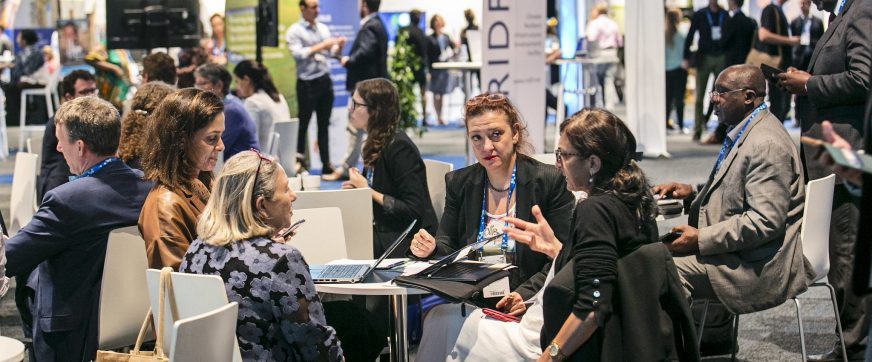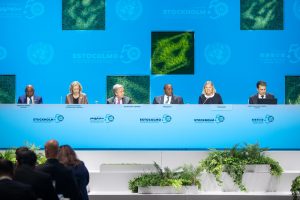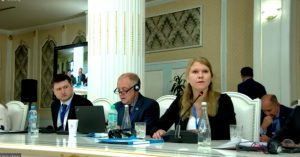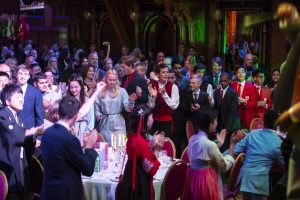19 years later: where are the women? and the men?
The landmark United Nations Security Council (UNSC) Resolution 1325, calling for an end to the exclusion of women from peace processes, is now entering its 20th year, but has failed to bring about substantial change. Why is that? In this blog post, Alexandra Said from SIWI’s Transboundary Water Management Team, points to the role of men.
When former Swedish Minister of Foreign Affairs Margot Wallström participated in high-level meetings she would ask “Where are the women?”. This is an important question since it draws attention to the lack of women at decision-making tables, but it is not enough. Gender equality will never be achieved if it is considered a “women’s issue” of no significance or importance to men and boys.
The adoption of Resolution 1325 on 31 October 2000 was central to gender equality as it emphasized the importance of including women in all aspects of “conflict prevention, peacekeeping, and conflict resolution as well as acknowledging the importance of taking measures to protect women and girls from gender-based violence in conflict settings”. In other words, Resolution 1325 highlighted that the experiences of women and girls in conflicts differ from those of men and boys, but also that their inclusion in peacebuilding is essential for peace and security. In the 19 years that have passed since the UNSC Resolution 1325 was adopted, research has shown that women’s inclusion in peace processes is imperative for longer lasting peace, and a more equitable outcome of the agreed provisions.
As noted in Pathways to peace, a joint study by the UN and the World Bank, the lack of women in decision-making processes is standing in the way for more equitable and longer lasting peace and, although the importance of including women is often emphasized, there are still few women participating, especially at higher levels of decision-making.
Not only will it be impossible to achieve effective gender equality without the active participation and contribution of men in the changing of societal and cultural views on gender roles but a growing body of research also shows the impact of gender, and especially masculinities, on violence and conflict. So, it is not possible to ensure lasting peace without including gender perspectives.
The focus in gender equality processes is too often on capacity building for women, either through workshops or other methods, but we need to look at the barriers to women’s participation beyond lack of capacity. The core issue is not a lack of capable women but prejudiced perceptions that women are not suitable for the “hard issues” in governance, such as foreign affairs, economy and security, and instead are better suited to work with matters such as health, education and social services. Additionally, across societies, the burden of being the main caretakers of their families as well as the responsibility for most of the unpaid domestic work falls on women, even when women are working full time. These issues are echoed in the discussions with our participants in SIWI’s Women and Water Diplomacyin the Nile (WIN)network. Capacity building and equal opportunities for women is imperative, but we must also address societal expectations on gendered roles.
In a recent gender mainstreaming workshop in Addis Ababa, Ethiopia, my colleague Anna Wikman and I had requested a gender balance in participants, yet men constituted less than 10 per cent of participants. When I pondered aloud “Where are the men?”, a discussion started around the lack of engagement from men in gender equality processes, and that gender equality is often seen as a “women’s issue”. The same pattern is seen across regions and cultures.
The fact that women’s participation is essential for effective, inclusive and sustainable peace processes is supported by a continuously growing body of research, which is why we should keep asking “Where are the women?” in peace-processes. However, since gender equality is not a women’s issue, and men need to take on a more active role to mainstream gender perspectives, it is just as important to ask “Where are the men?” in gender equality processes. Only then can we achieve the goals set in the 2030 Agenda – and a peaceful, sustainable and secure world, for all.








